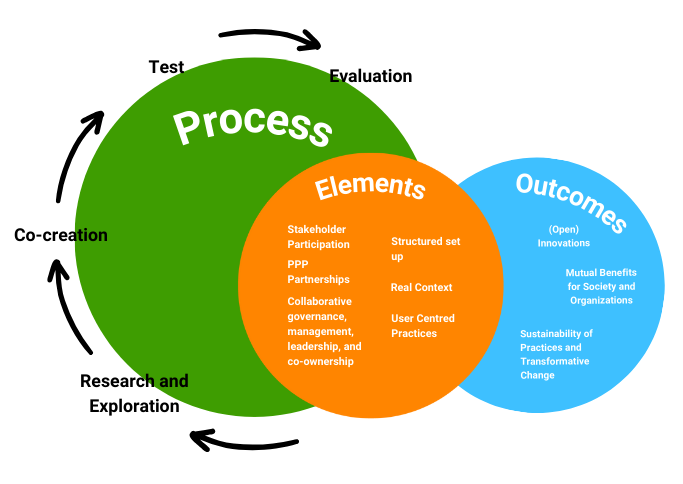The Living Labs Approach
What is a Living Lab?
Living Labs is a methodology commonly used in many sectors, as well as the cultural sector, to support a systematic co-creation approach that integrates research and innovation activities in communities and/or multi-stakeholder environments, centring end users in the innovation process.
Why use a Living Lab?
By design, Participatory Business Models for Cultural Heritage aim to tackle challenges that affect various stakeholders, and they require all of those stakeholders to be engaged in the process of finding sustainable solutions as well as contributing resources (time, knowledge, money) towards it. A Living Lab matches this need by operating as an open innovation ecosystem where diverse groups collaborate to drive positive change through practical projects in real-world settings. For example, the Hunt Museum in Ireland wanted to address anti-social behaviour in the museum garden. Using the Living Labs methodology, they were able to involve local citizens, other museums, and corporate organisations in co-creating and implementing a solution - a willow weaving programme in the museum’s garden.
.png)

Share